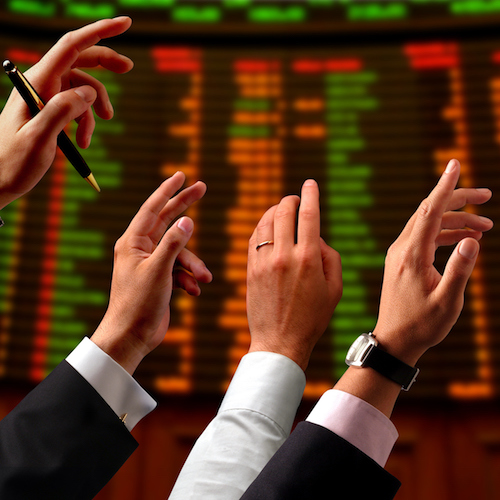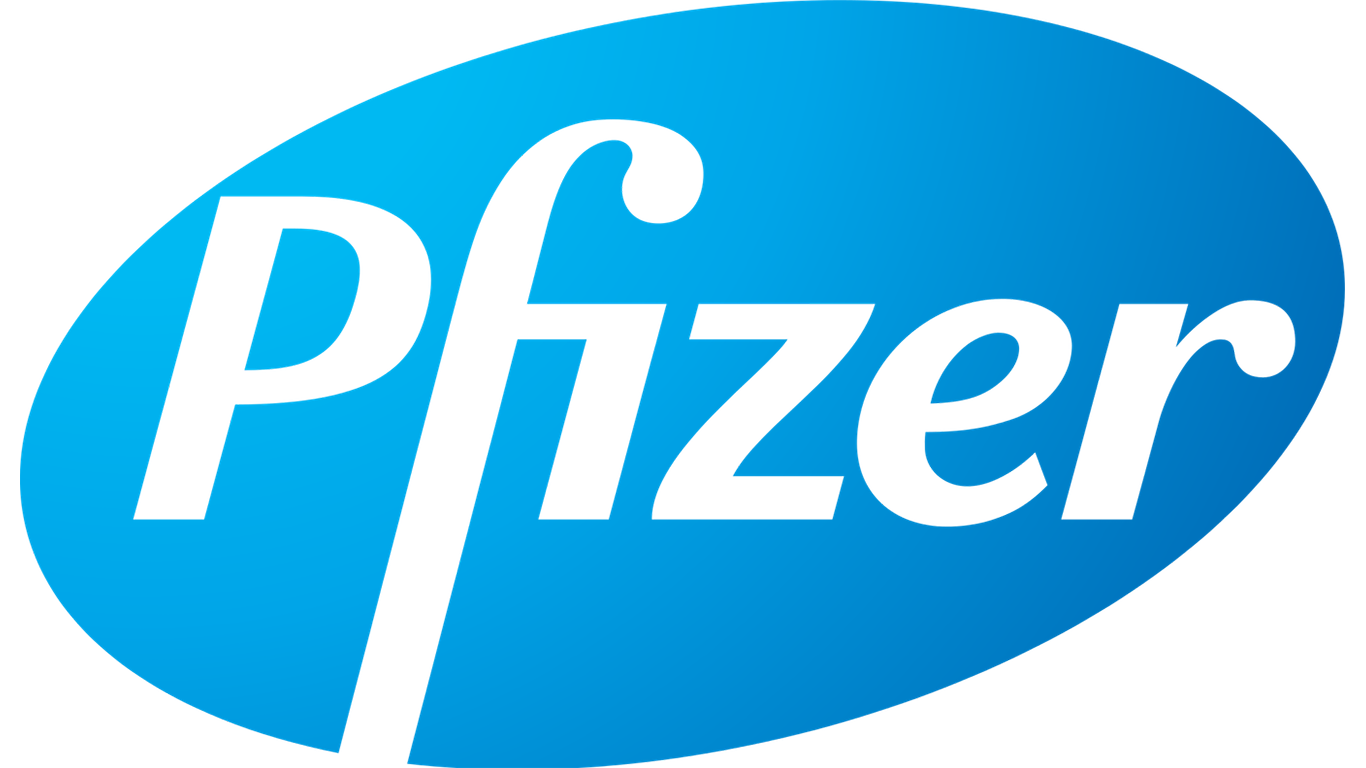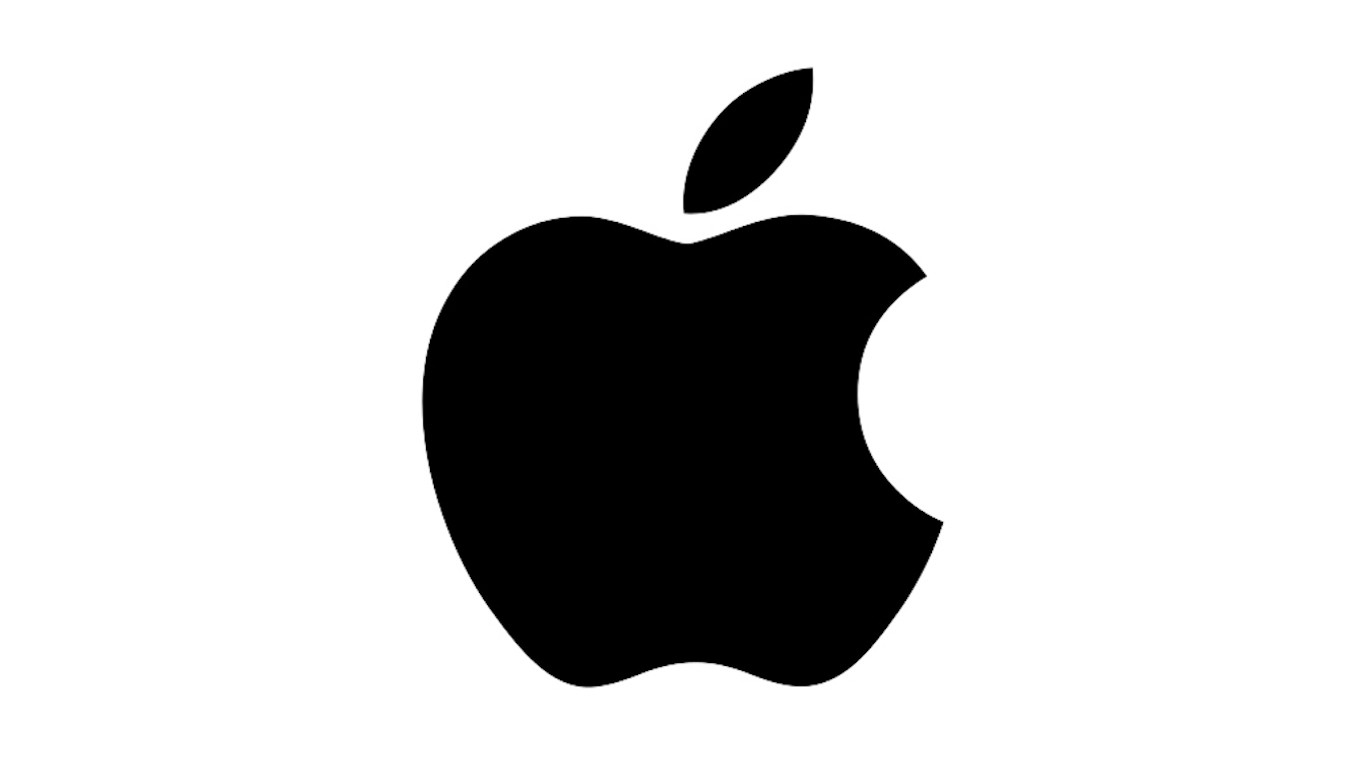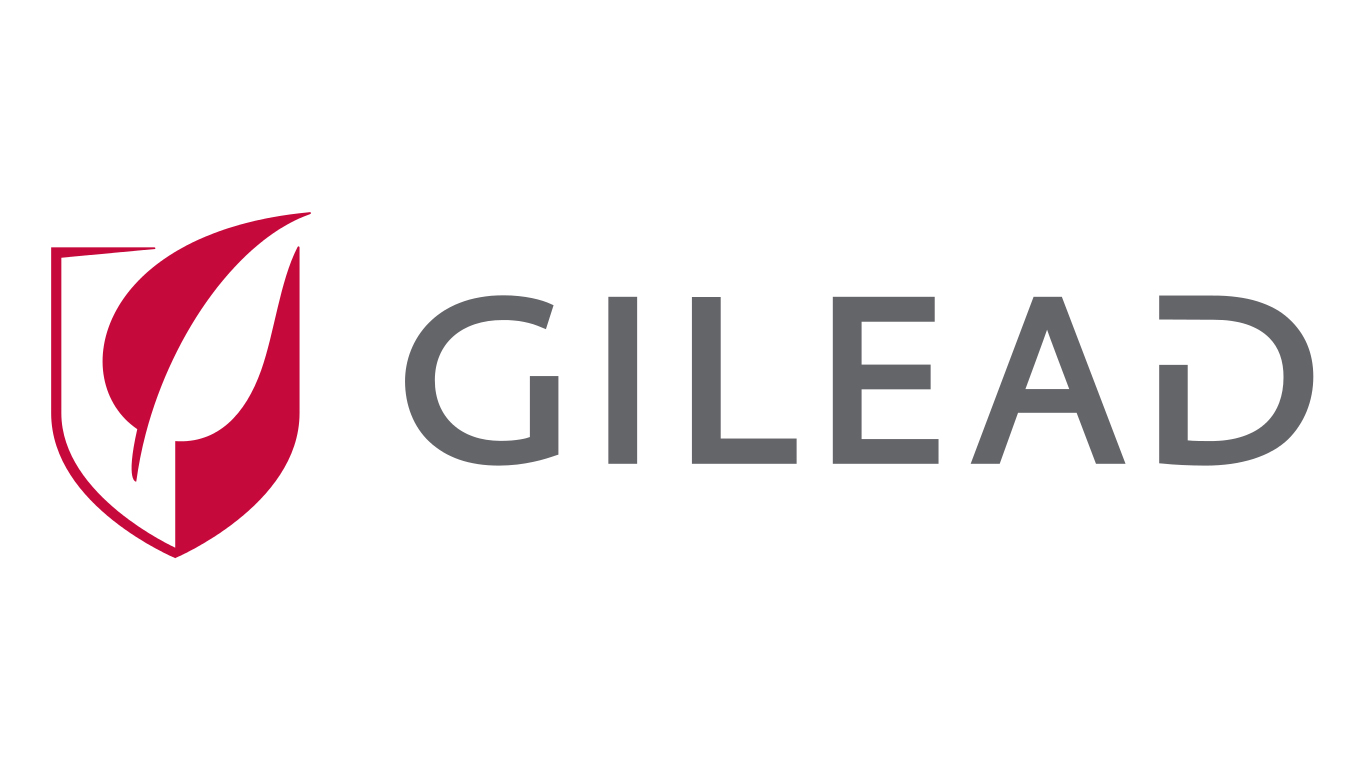
It is no secret that investors love dividends and stock buybacks. In recent years, there has been a larger shift into companies buying back shares of common stock, even while they have grown their dividends. Standard & Poor’s has now shown that the first quarter of 2016 saw a 12% rise in buyback spending to a whopping $161.4 billion.
If this sounds impressive, note that it is actually the second largest buyback spending for a quarter on record. For the 12 months ending March 31, S&P said that the actual S&P 500 companies spent an almost unbelievable record total of $589.4 billion for buybacks. That is so much stock buying that it is almost like taking Apple private.
[in-text-ad]
24/7 Wall St. wanted to break out the top S&P 500 companies buying the most stock in 2016. This data is for the first quarter, but it appears that every single one of these companies remains a serial buyer of their own shares. Another figure to consider is that this also marked the ninth consecutive quarter in which over 20% of the S&P 500 index members shrank their diluted share count by 4% or more in a year.
Click here to see the 5 companies buying back the most stock in 2016.
Total shareholder return, which is dividends plus buybacks, also saw a quarterly record of $257.6 billion in the first quarter of 2016. The trailing 12-month period for dividends and buybacks combined was a record $974.6 billion.
When 24/7 Wall St. looked at just the top 20 buyers of the most stock from the S&P 500 components, it turned out that these 20 companies alone spent a total of $616 billion in the past five years buying back stock. The cumulative total is a whopping $943 billion in the trailing 10-year period. Additional color has been added on each buyback to show relative value. Also shown are the market caps, the consensus analyst price targets compared with the current prices and the 52-week ranges. Dividend yields also have been included.
Here is a snapshot of our list: the five companies with the largest share buybacks.

5. McDonald’s
Thought McDonald’s Corp. (NASDAQ: MCD) spent $4.312 billion in the first quarter of 2016, it spent a total of $9.805 billion in the trailing 12 months. As a reminder, McDonald’s borrowed money to boost its buyback and dividend, even at the cost of a credit downgrade.
At the close of $120.62, McDonald’s has a market cap of $106 billion. Its consensus price target is $132.00, and the 52-week range is $87.50 to $131.96. The dividend yield is 2.9%.
[in-text-ad]

4. Pfizer
Pfizer Inc. (NYSE: PFE) may not be able to move overseas like it once wanted to, and its shares may be looking for direction. The drug giant spent $5.0 billion buying stock in the first quarter, and a total of $5.16 billion for the trailing 12 months. That $5 billion was an accelerated repurchase plan, but Pfizer is now over $60 billion deep in buyback spending over the trailing 10 years.
Pfizer closed at $34.48, with a market cap of $209 billion. Its consensus price target is $38.62. The 52-week range is $28.25 to $36.46, and the current dividend yield is 3.5%.

3. GE
As General Electric Co. (NYSE: GE) wants to get down to 8 billion shares or so, it likely will continue on its buyback warpath. GE spent $6.326 billion in the first quarter and had spent $8.06 billion total in the trailing 12 months. GE also keeps paring down financial assets, and that cash is being used to shrink its float. GE has now spent over $54 billion over 10 years on buybacks. Again, it is likely to remain aggressive.
Shares of GE closed at $30.80, within a 52-week range of $19.37 to $32.05. The consensus price target is $32.53. The market cap is roughly $283 billion, and the dividend yield is 3.0%.

2. Apple
Apple Inc. (NASDAQ: AAPL) may be on the way to being the largest share buyback player of all-time, but maybe that is to be expected for the company that has shared the title of the “largest market cap in the world” and with a sub-market price-to-earnings (P/E) ratio and cheap access to capital. Apple’s buyback tab was $6.667 billion during the first quarter of 2016, but it was $36.783 billion for the trailing 12 months. Apple has now spent $116 billion in five years buying its stock.
Apple closed at $95.55, with a market cap of $523 billion. Its consensus price target is $124.79, and it has a 52-week range of $89.47 to $132.97. The dividend yield is 2.4%.

1. Gilead Sciences
In the first quarter of 2016, Gilead Sciences Inc. (NASDAQ: GILD) spent $8.000 billion on buybacks, for a total of $14.101 billion in the trailing 12-month period. This was part of a $12 billion buyback plan, which was meant to follow the completion of the previous $15 billion authorized share buyback plan. Is it ironic that the world’s largest biotech outfit is outspending the largest drug companies on buybacks?
Gilead shares closed most recently at $82.45, with a market cap of $110 billion. The consensus analyst price target is $110.89, and the stock has a 52-week trading range of $81.28 to $123.37. The dividend yield is 2.3%.
In 20 Years, I Haven’t Seen A Cash Back Card This Good
After two decades of reviewing financial products I haven’t seen anything like this. Credit card companies are at war, handing out free rewards and benefits to win the best customers.
A good cash back card can be worth thousands of dollars a year in free money, not to mention other perks like travel, insurance, and access to fancy lounges.
Our top pick today pays up to 5% cash back, a $200 bonus on top, and $0 annual fee. Click here to apply before they stop offering rewards this generous.
Flywheel Publishing has partnered with CardRatings for our coverage of credit card products. Flywheel Publishing and CardRatings may receive a commission from card issuers.
Thank you for reading! Have some feedback for us?
Contact the 24/7 Wall St. editorial team.




